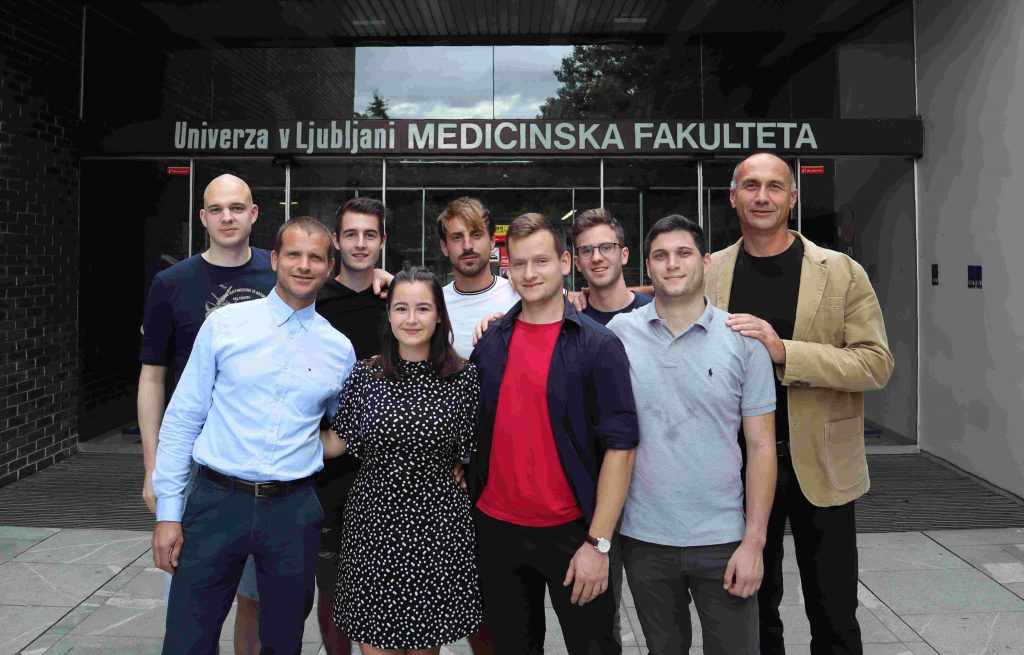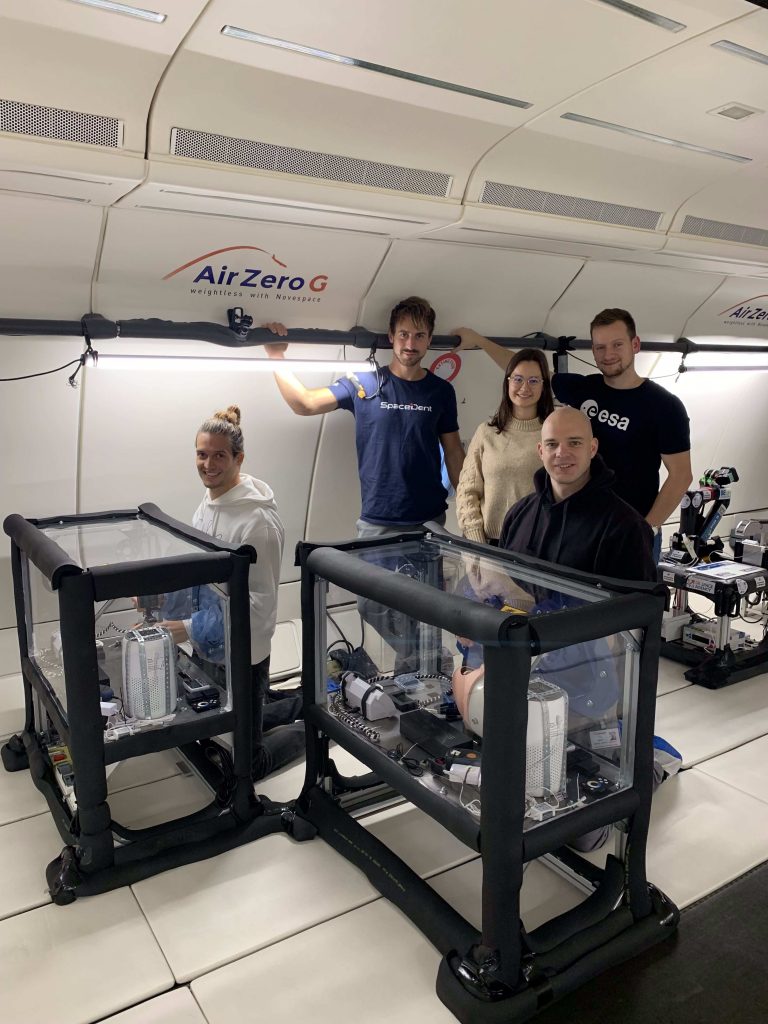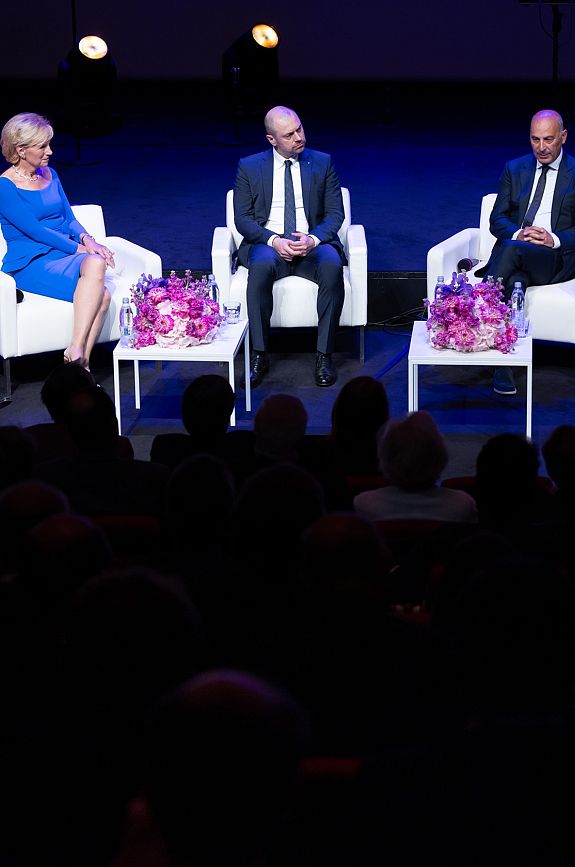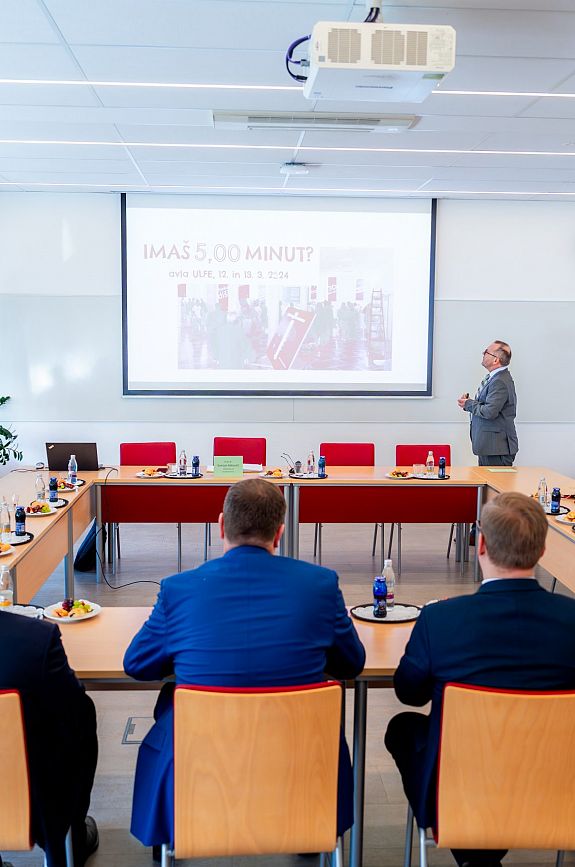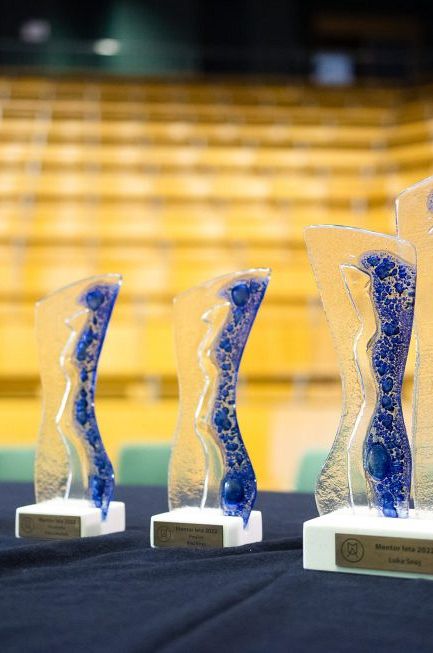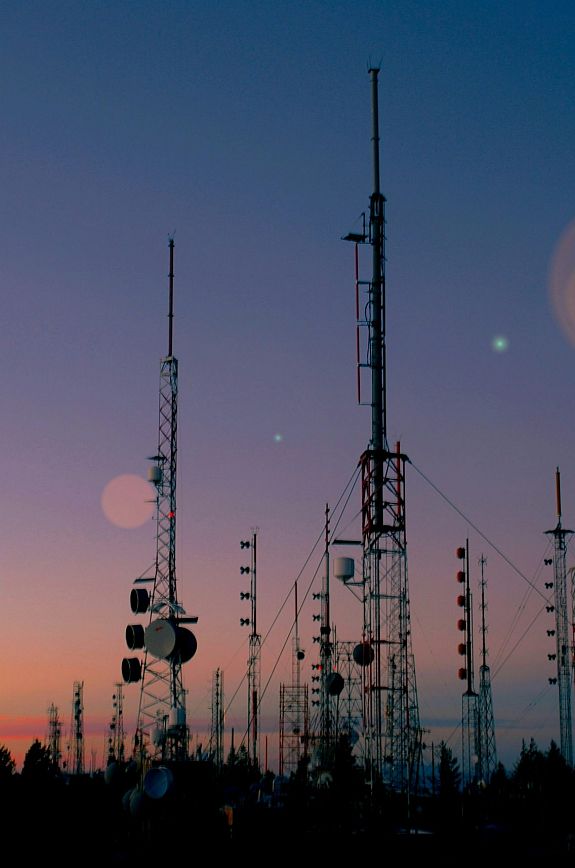SpaceDent Student Project: Research Results Coming Soon
Datum objave: 28.6.2024At the end of last year, students of dental medicine, mechanical engineering, and electrical engineering completed the experimental part of their research within the SpaceDent project. The project’s aim is to determine whether the ability to handle dental instruments in microgravity is sufficiently controlled for the safe dental treatment of astronauts. Using parabolic flights, the students created simulated weightlessness in which they performed dental procedures. The results will provide a basis for optimizing dental procedures during long-term missions to the Moon and Mars.
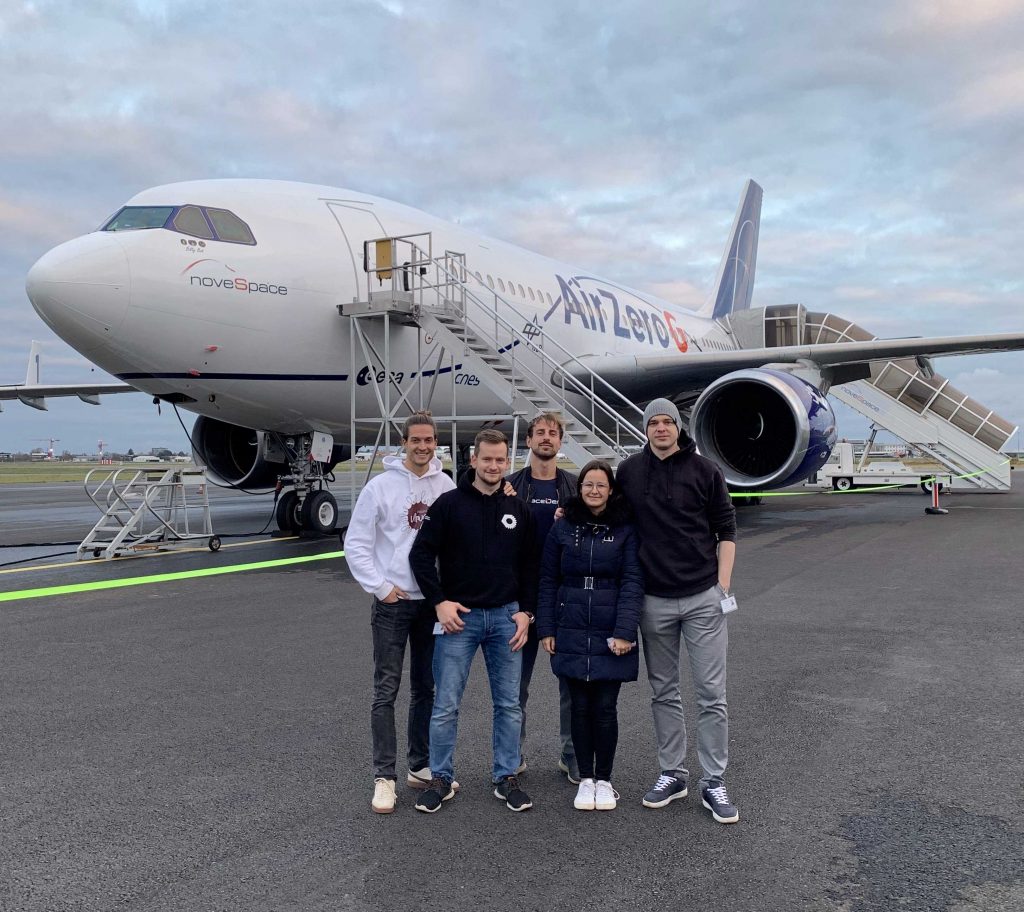
Filling Cavities in Zero Gravity
Between November 20th and December 1st last year, students conducted the experimental part of the project in Bordeaux, France. Over the Atlantic Ocean, they performed 93 parabolas during three parabolic flights, providing approximately 30 minutes of weightlessness. The parabolas consist of intervals of microgravity and hypergravity, interspersed with periods of stable flight. Work on the research samples was carried out during the 22-second intervals of microgravity, while work on the control teeth was done during periods of stable flight and when the aircraft was stationary on the ground.
During the first and second flights, dental medicine students used a dental drill to remove color-marked carious areas from plastic teeth during the 22-second intervals of microgravity. During the third flight, the 22-second intervals of microgravity were used to fill the pre-prepared cavities in artificial teeth with filling materials.
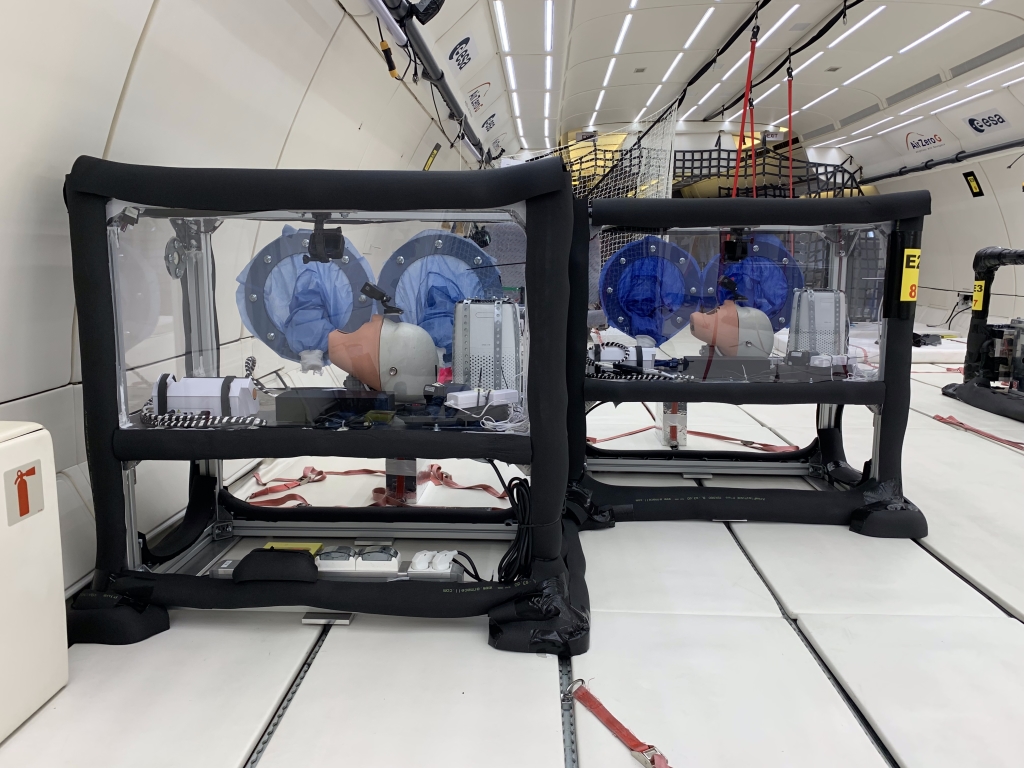
Countdown to Results Publication
From the periods of microgravity, stable flight, and the stationary phases of the Airbus A310 Zero-G, the students collected 72 samples of prepared teeth and 36 samples of filled teeth. In the following days, these samples were scanned using an intraoral scanner, photographed, and compared with the initial images taken before their departure to France. The research proceeded without major complications. During the parabolas, the students endured the periods of hypergravity and microgravity without discomfort, allowing them to work throughout the entire weightlessness period. They were pleasantly surprised by the control over the instruments in microgravity. However, despite these promising beginnings, they will need to wait for the final results of the research, expected to be announced at the end of March or the beginning of April.
The SpaceDent project will conclude with the publication of the results in the European Space Agency’s HREDA archive and scientific journals. The findings of the research and the collaboration with ESA will be presented by the students at scientific and industrial conferences, serving as an inspiration for younger generations to pursue further research in the field of dental procedures in space.
An Exceptional Opportunity for an Electrical Engineering Student
Matic Hvala, a second-year postgraduate student in the Electrical Engineering Mechatronics program, was responsible for ensuring that all electrical devices in the experimental setup were properly powered. Due to the specific setup and nature of the experiment, he adapted the dental drill and was responsible for the proper installation and operation of the cameras that monitored the operators. He says he joined the SpaceDent team because it allows him to collaborate with experts and students from various fields who are working towards a common goal. The project has brought him a wealth of new knowledge, connections, and opportunities.
The initiator and project leader is Tine Šefic, a dental medicine graduate who was responsible for preparing the project in Slovenia and executing it in France. As a researcher, he performed simulated dental procedures during the parabolic flights.
In addition to its research nature and significant contribution to preparing dental medicine for long-term missions to the Moon and Mars, the SpaceDent project emphasizes interdisciplinary collaboration, the forward-looking and innovative nature of the engineering profession, and inspires younger generations while promoting interest in the further development of the Slovenian and European space industries.
More about the research project can be found at:
- spacedentproject.com
- Instagram: https://www.instagram.com/spacedentproject/
- Facebook: https://www.facebook.com/spacedentproject
- Youtube: https://www.youtube.com/@spacedentproject
